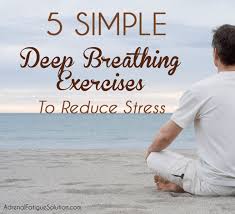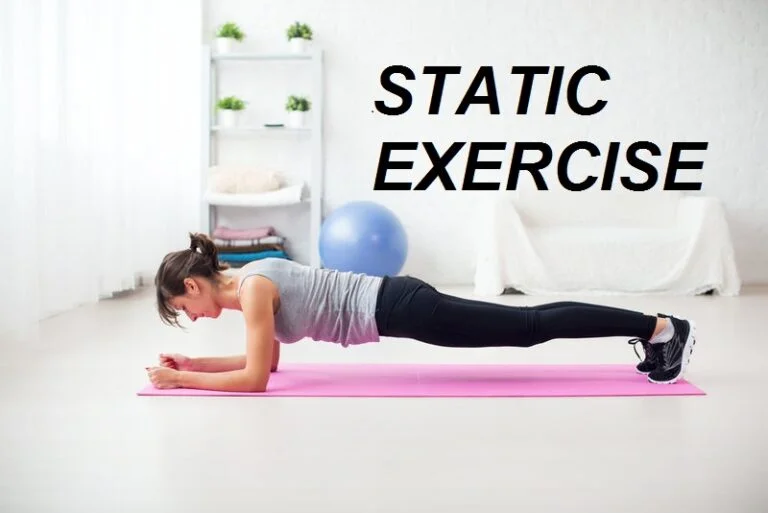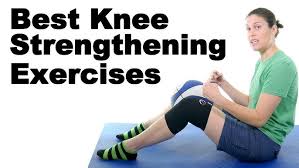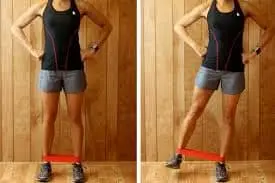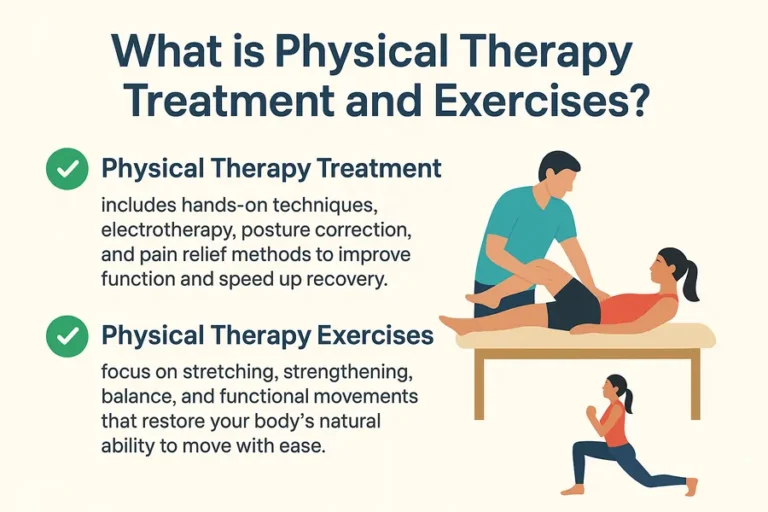5 Simple Breathing Techniques For Stress Relief
Introduction:
For many of us, stress has become a daily companion in the fast-paced world of today. Our brains and bodies are frequently tense due to work-related stressors and personal difficulties, which leave us feeling overburdened, nervous, and worn out. Although there are many different ways to deal with stress, mindful breathing is among the easiest and most successful strategies.
Simple breathing exercises may be performed anywhere, at any time, and have instant soothing effects. They don’t require any special equipment, a gym, or hours of practice. You can lower your pulse rate, ease stiff muscles, and declutter your mind by deliberately paying attention to your breathing and practicing particular patterns.
Over time, these methods enhance general mental clarity, emotional equilibrium, and even physical health in addition to offering immediate stress relief.
Whether you’re new to mindfulness or searching for quick fixes for everyday stress, adding basic breathing techniques to your daily routine can help you become more resilient, focused, and at ease.
Benefits of Simple Breathing Techniques For Stress Relief:
- Reduces Stress and Anxiety: By triggering the body’s relaxation response, deep, conscious breathing helps to soothe the nervous system and reduce stress hormone levels.
- Improves Mental Clarity and Focus: These methods improve focus, decision-making, and general cognitive performance by boosting oxygen supply to the brain.
- Reduces Heart Rate and Blood Pressure: Regulating cardiovascular processes through controlled breathing lowers the risk of stress-related health problems and fosters a sense of serenity.
- Reduces Muscle Tension: By encouraging the body to relax, conscious breathing helps to release tense muscles and lessen the physical discomfot caused by stress.
- Improves Emotional Balance: Consistent practice aids in emotional regulation, lowering irritation, mood fluctuations, and overwhelm.
- Increases Vitality and Energy: The body is revitalized by proper oxygenation through deep breathing, which raises vitality and decreases weariness.
- Promotes Better Sleep: Breathing techniques can help reduce insomnia and enhance the quality of sleep by reducing stress in the body and mind.
- Accessible Anytime, Anywhere: These methods are quick and easy to use because they don’t require any special equipment or environment.
5 Simple Breathing Techniques For Stress Relief Video:
Simple Breathing Techniques For Stress Relief:
Deep Belly Breathing:
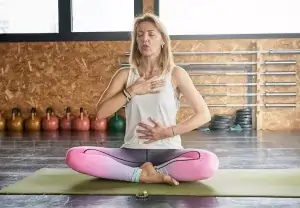
Diaphragmatic breathing, sometimes referred to as deep belly breathing, is a fundamental method for relaxation and stress reduction. Deep belly breathing fully engages the diaphragm, allowing the lungs to expand more efficiently and enhancing oxygen intake, in contrast to shallow chest breathing, which frequently happens when we are tense or nervous.
To practice, take a deep, leisurely breath through your nose, letting your belly rise while keeping your chest relatively motionless, while sitting or lying down in a comfortable posture. After holding your breath for a moment, slowly release it through your lips while allowing your abdomen to drop naturally. This deliberate breathing pattern lowers heart rate and calms the mind by telling the neurological system to change from a stressed to a relaxed condition.
Deep belly breathing is a vital technique for reducing daily stress, reducing tension, and fostering a sense of general well-being because it can gradually increase lung capacity, sharpen focus, and even promote emotional stability.
Box Breathing:
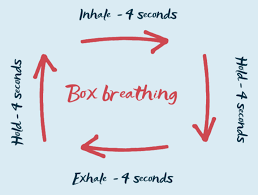
One effective method for lowering stress, improving focus, and fostering mental clarity is box breathing, sometimes referred to as square breathing. Inhaling, holding the breath, expelling, and holding again are the four equal phases of the organized, rhythmic breathing pattern. Each phase, which forms an even-sided “box,” usually lasts four seconds.
Sit comfortably with your back straight, take a slow, four-count breath with your nose, hold it for four counts, then softly release it through your mouth for four counts. Repeat the cycle four times. The autonomic nervous system is regulated by this controlled breathing, which also lowers blood pressure and heart rate and calms the fight-or-flight reaction.
Box breathing is a great way to manage stress in high-pressure situations or anytime you need to regain composure and clarity because it not only instantly relaxes you but also enhances focus, mental toughness, and emotional control.
4-7-8 Breathing:

A straightforward yet compelling approach for lowering tension, inducing relaxation, and soothing the mind is the 4-7-8 breathing technique. It follows a particular rhythmic pattern: take a four-second, silent breath via the nose, hold it for seven seconds, and then let it out fully through the mouth for eight seconds.
The parasympathetic nerve system, which helps drop blood pressure, calm the pulse rate, and tell the body to relax, is stimulated by this prolonged exhale. Practice by lying down or sitting comfortably, closing your eyes, and concentrating on the feeling of your breath coming in and going out as you follow the 4-7-8 cycle.
This method is a useful tool for everyday stress alleviation since, with consistent practice, it can help control anxiety, enhance focus, improve sleep quality, and produce a deep sense of balance and serenity.
Alternate Nostril Breathing:

The ancient yogic practice of alternate nostril breathing, or Nadi Shodhana, balances the body and mind while lowering tension and anxiety. To create a rhythmic, alternating pattern, this technique entails inhaling through one nostril while keeping the other closed, then switching sides for the exhale.
To do it, sit comfortably with your back straight, close your right nostril with your thumb, take a slow breath through your left nostril, close it with your ring finger, and then exhale through your right nose. Then, to complete one cycle, breathe in via the right nostril, close it, and exhale through the left.
This method enhances mental clarity, increases focus, fosters a peaceful, relaxed state, and helps balance the left and right hemispheres of the brain. Alternate nostril breathing is a useful and approachable technique for stress management and reestablishing equilibrium in daily life since it can improve lung function, maintain emotional balance, and produce a profound sense of inner serenity with regular practice.
Pursed Lip Breathing:
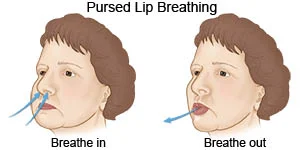
Particularly in times of stress or dyspnea, pursed lip breathing is a straightforward yet powerful method that helps reduce breathing, enhance oxygen exchange, and encourage relaxation. Using the technique, you inhale slowly through your nose for about two counts, and then you exhale steadily and gently through your pursed lips for about four counts, as though you were blowing out a candle.
This prolonged exhale improves airflow and lessens the sensation of being out of breath by creating a little amount of resistance in the airways. Pursed lip breathing is beneficial for stress and anxiety management since it helps reduce heart rate, relax the neurological system, and release tension.
Eventually, adding this method to daily activities can improve lung function overall, promote relaxation, and offer a quick, easy method to restore composure anytime tension or stress occurs.
Conclusion:
Simple breathing techniques are powerful tools that can help manage stress, calm the mind, and restore balance to both body and emotions. Practices like deep belly breathing, box breathing, 4-7-8 breathing, alternate nostril breathing, and pursed lip breathing are easy to learn, require no special equipment, and can be done anytime, anywhere.
By incorporating these techniques into your daily routine, you can reduce anxiety, improve focus, enhance sleep quality, and promote overall well-being. Consistent practice not only provides immediate relief in stressful moments but also strengthens your body’s natural ability to cope with stress, leading to a calmer, more centered, and resilient life.
FAQs
Does stress decrease with deep breathing?
Deep breathing can help you feel less stressed and improve your general well-being. It’s also free, simple, and suitable for practically any time or location. I wish you peace during these trying times and urge you to give it a try.
Which vitamin is best for anxiety and stress?
B vitamins, vitamin D, and vitamin C are the greatest vitamins for anxiety and stress. Vitamin D is connected to mood disorders and helps regulate mood and rest cycles; vitamin C is an antioxidant that lowers the stress hormone cortisol; and B vitamins assist in controlling mood by manufacturing neurotransmitters. Supplements, including omega-3 fatty acids and magnesium, may also be helpful.
How can I rapidly reduce stress at home?
Try a quick mindfulness practice like a 5-4-3-2-1 grounding exercise, stretch, or take a short walk to immediately reduce stress at home. You may also focus on your breath with deep breathing exercises. Other strategies include taking a pause to engage in something you enjoy, conversing with a buddy, or listening to relaxing music.
How can I relax so that I fall asleep quickly?
If you have problems falling asleep, you can try reading, listening to a podcast or gentle music, or practicing sleep meditation. Read about the benefits of meditation for sleep or try some guided meditation, such as our Beditation relaxation video.
Which workouts are beneficial for anxiety and stress?
Aerobic exercises like dancing, jogging, or walking, as well as mind-body techniques like yoga, tai chi, and meditation, can all help reduce tension and anxiety. Deep breathing techniques can offer instant relief, as can easy tasks like cleaning, swimming, or gardening.
What breathing technique is appropriate?
Inhaling slowly via your nose causes your belly to expand like a balloon, and exhaling slowly through pursed lips causes your stomach to drop. This is known as belly breathing, or diaphragmatic breathing, and it is the most effective and healthful breathing technique. To practice this method, place one hand on your chest and one on your belly. Try to maintain your chest hand motionless.
What breathing technique is the 5 5 5?
To encourage relaxation and lower tension, the “5-5-5” breathing technique—also referred to as the Triangle Breathing exercise or a type of coherent breathing—involves a constant series of inhaling for five seconds, holding the breath for five seconds, and then expelling for five seconds. To get inner serenity and enhanced focus, practice this symmetrical, regular breathing rhythm for a few minutes. It also helps to relax the nervous system.
Which twelve strategies can you use to manage stress?
To cope with stress, you can take care of yourself by exercising, eating well, and getting enough sleep; you can be mindful by using methods like deep breathing and meditation; you can connect with your support system by spending time with loved ones; you can use relaxation methods like yoga or aromatherapy; and you can manage your lifestyle by establishing boundaries, scheduling your time, and engaging in hobbies.
How can I get rid of stress right away?
Try meditation, deep breathing techniques, or a fast stroll to rapidly reduce tension. Other quick fixes include connecting with a friend, shaking away tension, or listening to relaxing music.
What is the breathing 4-7-8 rule?
For a count of four, close your mouth and breathe in through your nose. For a count of seven, hold your breath. For a count of eight, release the entire breath from your mouth with a whooshing sound. One cycle has therefore finished.
Which breathing method works best for lowering stress?
Box breathing is the most popular breathing method for lowering stress. To do this, you must inhale for four counts, hold your breath for four counts, exhale for four counts, and then pause your breath once more. You keep doing this until you’re at ease.
References:
- Website, N. (2022, August 19). Breathing exercises for stress. nhs.uk. https://www.nhs.uk/mental-health/self-help/guides-tools-and-activities/breathing-exercises-for-stress/
- Cronkleton, E. (2024b, May 17). 10 breathing exercises to try when you’re feeling stressed. Healthline. https://www.healthline.com/health/breathing-exercise
- Fowler, P. (2024, March 5). Breathing techniques for stress relief. WebMD. https://www.webmd.com/balance/stress-management/stress-relief-breathing-techniques
- British Heart Foundation. (2023, December 11). Breathing exercises. British Heart Foundation. https://www.bhf.org.uk/informationsupport/heart-matters-magazine/wellbeing/breathing-exercises
- Fletcher, J. (2024a, August 21). How to use 4-7-8 breathing for anxiety. https://www.medicalnewstoday.com/articles/324417

